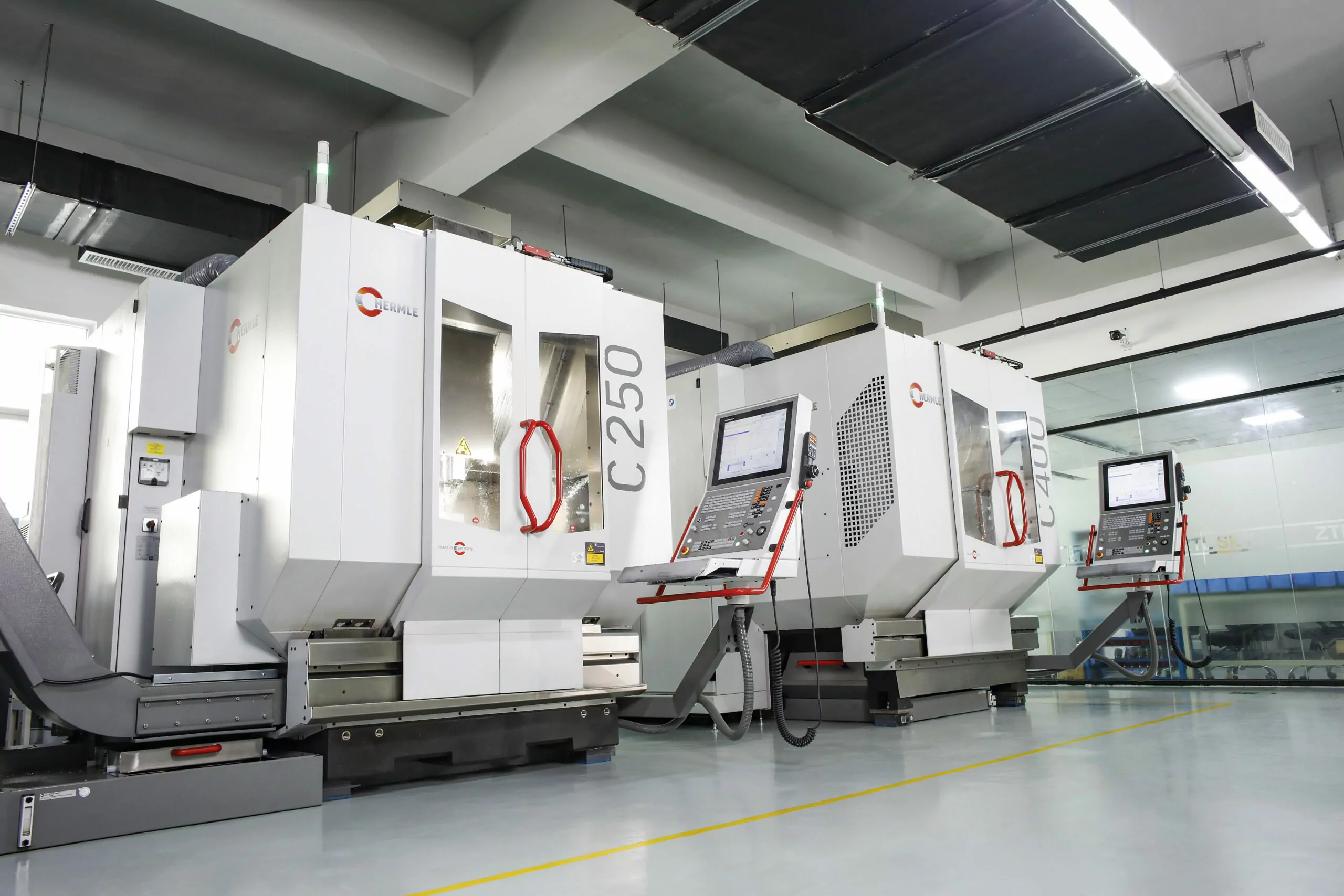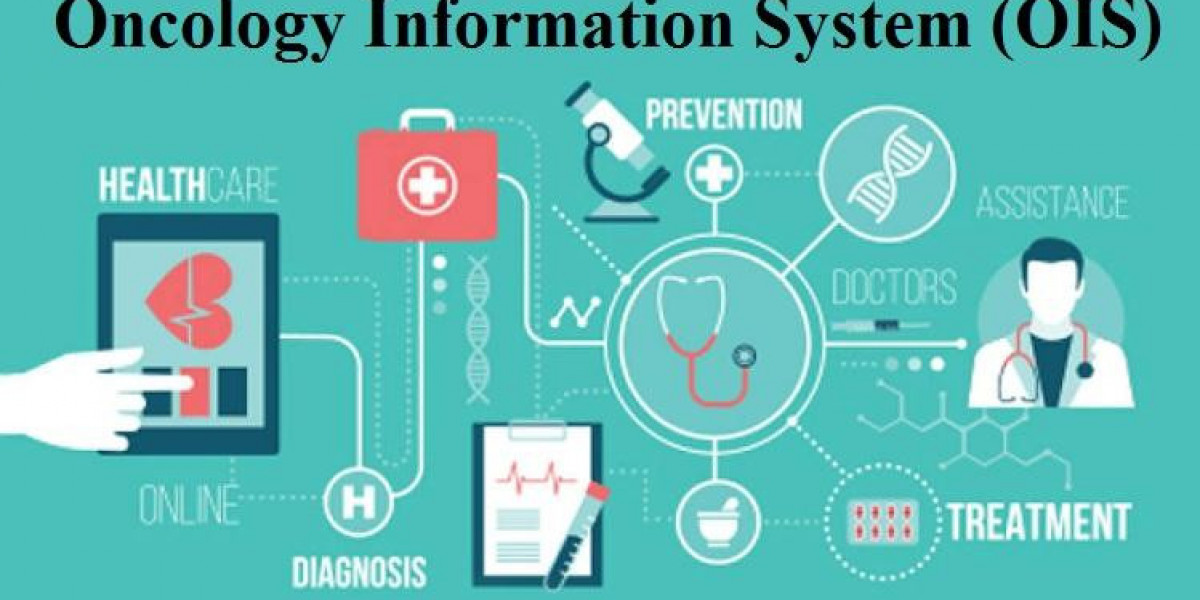When it comes to modern industrial manufacturing, the advantages of 5-axis milling cannot be overstated. This innovative machining process has revolutionized the way complex parts and components are produced, offering a range of benefits that traditional 3-axis or 4-axis milling simply cannot match. In this article, we will delve into the numerous advantages of 5-axis milling and explore how it has transformed the manufacturing industry.

Enhanced Precision and Accuracy
One of the key advantages of 5-axis milling is its ability to achieve unparalleled precision and accuracy. By utilizing a five-axis machine, manufacturers can access multiple cutting angles and orientations, allowing for the production of intricate and complex geometries with minimal error. This level of precision is particularly crucial in industries such as aerospace and medical, where the smallest deviation can have significant consequences.
For example, in the aerospace industry, turbine blades and other critical components require extremely tight tolerances to ensure optimal performance and safety. 5-axis milling enables manufacturers to meet these stringent requirements, resulting in parts that are not only precise but also consistent in quality.
Increased Efficiency and Productivity
Another advantage of 5-axis milling is its ability to enhance efficiency and productivity in the manufacturing process. Unlike traditional milling methods that require multiple setups and repositioning of the workpiece, 5-axis machines can access five sides of the part in a single setup. This means that complex parts can be machined in a fraction of the time it would take using conventional methods, leading to significant time and cost savings.
Furthermore, the ability to perform simultaneous machining operations on multiple surfaces eliminates the need for secondary operations, streamlining the production process and reducing lead times. This increased efficiency not only benefits manufacturers by improving their bottom line but also enables them to respond more quickly to customer demands and market changes.
Expanded Capability and Versatility
5-axis milling offers manufacturers a level of capability and versatility that is unmatched by traditional machining methods. With the ability to tilt and rotate the cutting tool in multiple directions, complex features such as undercuts, deep cavities, and intricate contours can be machined with ease. This expanded capability opens up new possibilities for design and innovation, allowing engineers to push the boundaries of what is achievable in terms of part complexity and functionality.
For example, in the automotive industry, the use of 5-axis milling has enabled the production of lightweight, high-strength components with complex geometries that were previously unattainable. This has not only led to advancements in vehicle performance and fuel efficiency but has also contributed to the development of more sustainable and environmentally friendly transportation solutions.
Improved Surface Finish and Quality
Finally, 5-axis milling delivers superior surface finish and overall part quality compared to traditional machining methods. The ability to approach the workpiece from multiple angles minimizes tool marks and surface imperfections, resulting in parts that require minimal post-processing and finishing. This not only saves time and labor but also ensures that the final product meets the highest standards of quality and aesthetics.
Furthermore, the reduced need for manual intervention and repositioning of the workpiece minimizes the risk of human error, leading to more consistent and reliable outcomes. This is particularly important in industries such as medical device manufacturing, where the quality and integrity of the final product are paramount to patient safety and well-being.
In conclusion, the advantages of 5-axis milling in modern industrial manufacturing are undeniable. From enhanced precision and efficiency to expanded capability and improved part quality, the impact of 5-axis milling is far-reaching and transformative. As technology continues to advance, it is clear that 5-axis milling will play an increasingly vital role in shaping the future of manufacturing across a wide range of industries.








